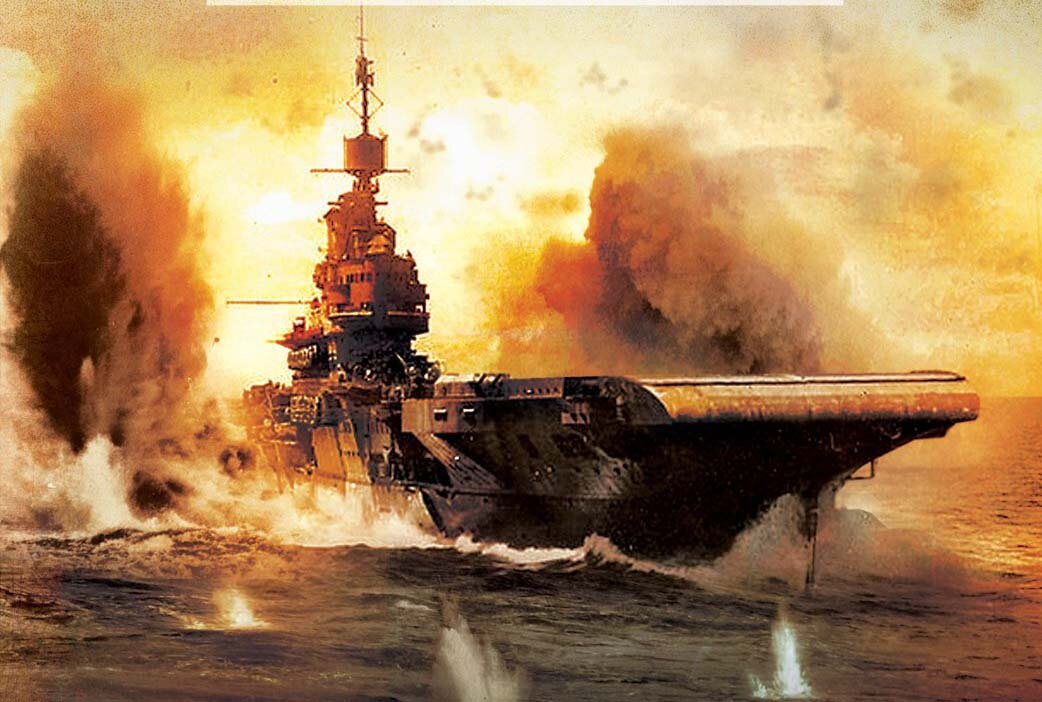Shortround6
Lieutenant General
There is a manual for the SBD-3 from 1941, However it seems that they changed the max gross weight after than manual was printed.I've seen estimates for the SBD-3 as much as 1,345 miles range. Actual strike range is always much less, but the numbers I see for SBD are about 250 miles with a 1,000 lb bomb or 325 miles with a 500 lb bomb. I think that is what Lundstrom said IIRC
The Manual gives fuel capacities for both unprotected tanks and protected tanks. With protected tanks the fuel capacity was as high at 260 US gallons, unprotected was 310 gallons.
Bombloads came out of the fuel allowance which is why they changed the max gross weight.
The 1200hp engines don't show up until SBD-5 and that is over a year after they were putting the same engines in F2A-3s and some Hawk 75s.
The SBD-6 got about the same engine as the FM-2. Maybe they changed magnetos something.
The SBDs got the higher gross weight, it didn't shorten the take-off run with more fuel and the same size bomb.

